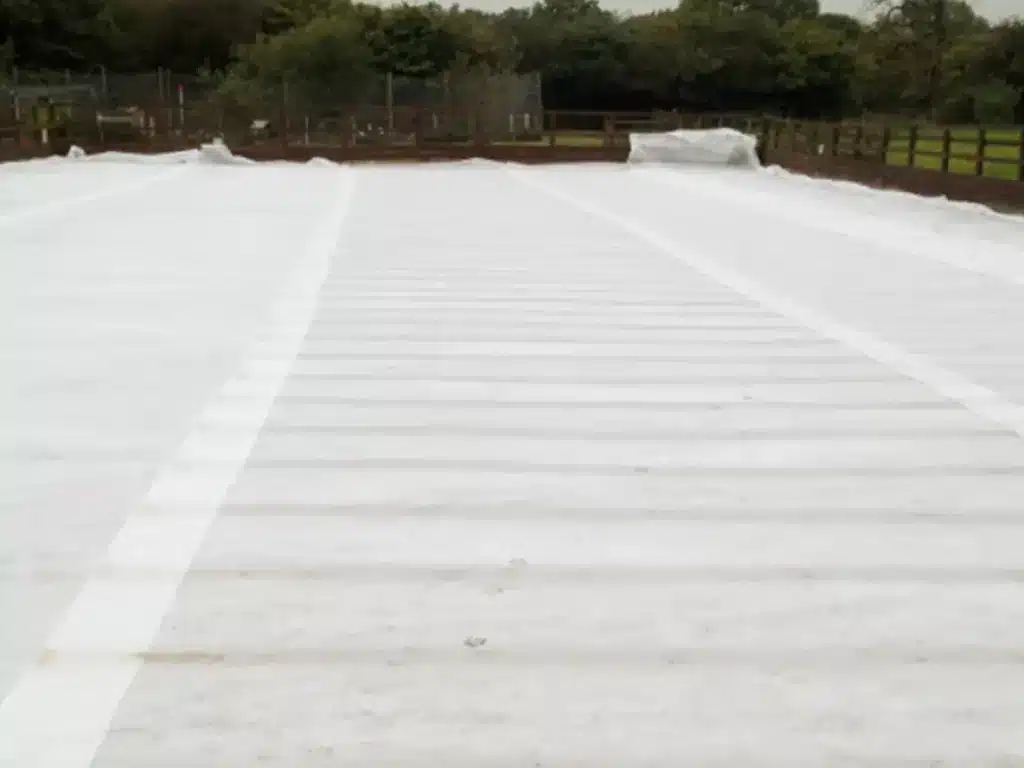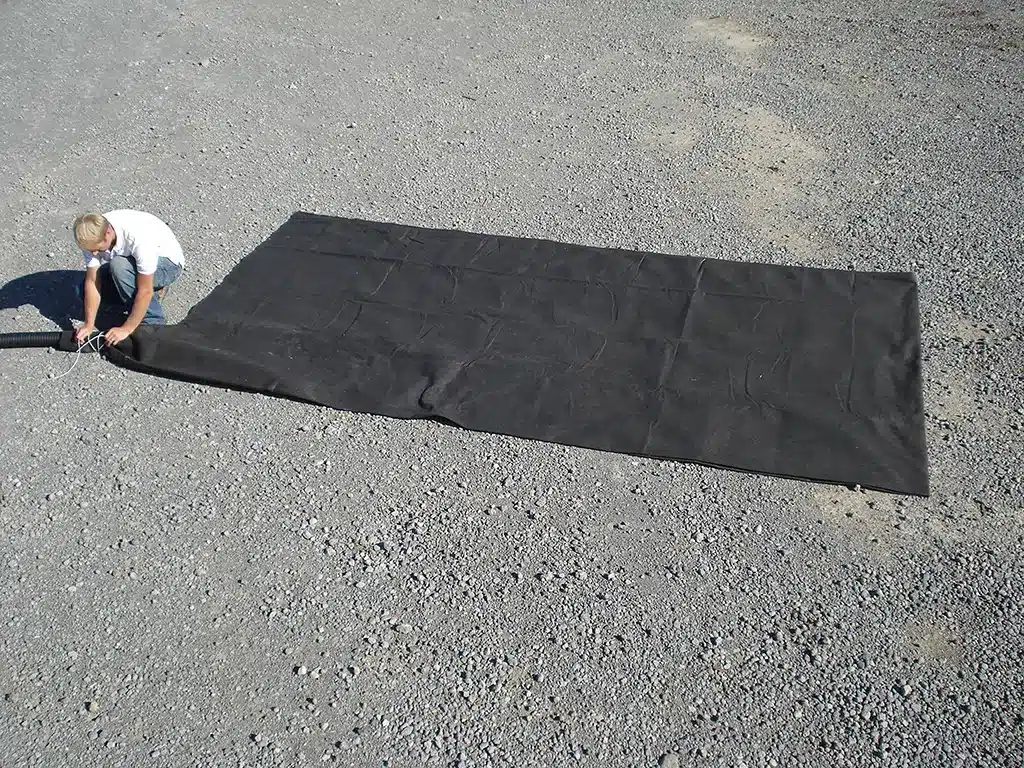+86-159 9860 6917
info@geofantex.com
geofantex@gmail.com
+86-400-8266163-44899
Geotextile fabric, a key player in landscaping and construction projects, provides a robust barrier against weeds while facilitating proper soil moisture management. This article explores the dynamics of geotextile fabric, often rolled out from massive fabric spools, emphasizing how to install it effectively as a weed control solution. Understanding the installation and function of geotextile can greatly enhance the longevity and aesthetics of your landscaping projects.
How do you attach geotextile fabric?
Attaching geotextile fabric involves several key steps to ensure proper function and durability:
- Optional Reinforcement: For demanding applications, seams can be sewn or heat-welded to increase strength and stability.
- Surface Preparation: Clear debris, roots, and sharp objects, then level and grade the ground to create a stable base.
- Fabric Placement: Unroll the geotextile smoothly over the area, ensuring full coverage and allowing extra length for contours or slopes.
- Edge Overlap: Overlap adjacent fabric sections by 30–60 cm (12–24 inches), with wider overlaps recommended for soft or unstable soils.
- Securing the Fabric: Fasten the fabric using landscape staples, stakes, or U-pins every 30 cm to 1 m (1–3 feet), focusing on edges and overlaps.
- Covering the Fabric: Promptly backfill with soil, gravel, or the required material to prevent fabric movement and UV damage.

Does geotextile fabric let water through?
Yes, geotextile fabric is designed to be permeable, allowing water to pass while blocking weeds from growing. Its permeability maintains the soil’s moisture balance, essential for healthy plant growth without waterlogging. Use garden stakes, also known as garden staples or stakes, to stake and secure the landscape fabric into the ground at every 1-3 inches, ensuring that it stays in place while maintaining the necessary permeability. The fabric’s structure—whether woven or non-woven—affects its specific water flow rate, making certain types better suited for different environmental conditions and soil types.
What’s the difference between landscape fabric and geotextile fabric?
Landscape fabric and geotextile fabric serve similar purposes but differ in durability, permeability, and material. Landscape fabric is generally lighter and intended for temporary solutions in residential gardens to control weeds. It’s less durable and often less permeable. Remember, when installing landscape fabric, the slightly shiny side is meant to face up. This orientation helps to optimize the fabric’s effectiveness in weed suppression. Geotextile fabric, made from stronger materials, is designed for long-term, heavy-duty applications. It excels in soil stabilization, erosion control, and major landscaping projects, offering superior strength and water management capabilities.
How do you secure geotargeting fabric?
Securing geotextile fabric effectively is crucial for its performance. After laying the fabric flat on the prepared area, place the weed fabric and fix it securely into place using Weed Fabric Pegs. Use landscape staples or fabric pins to anchor it into the ground at regular intervals. Please pay special attention to the edges and overlaps, ensuring they are well-secured to prevent weed penetration and fabric displacement. For additional stability in high-traffic areas or under heavy mulch, consider burying the edges of the fabric or using a heavier gauge of staples.
Installing geotextile fabric as a weed barrier is a practical solution for maintaining beautiful and healthy landscapes. Its ability to allow water through while blocking weeds and its adaptability to different landscaping needs make it a preferred choice for both residential and commercial projects. By following proper installation techniques, such as securing and overlapping the fabric adequately, you can ensure effective weed control and soil stability, enhancing the longevity and aesthetic appeal of your outdoor spaces.



Get Free Sample
We’ll respond as soon as possible(within 12 hours)






















